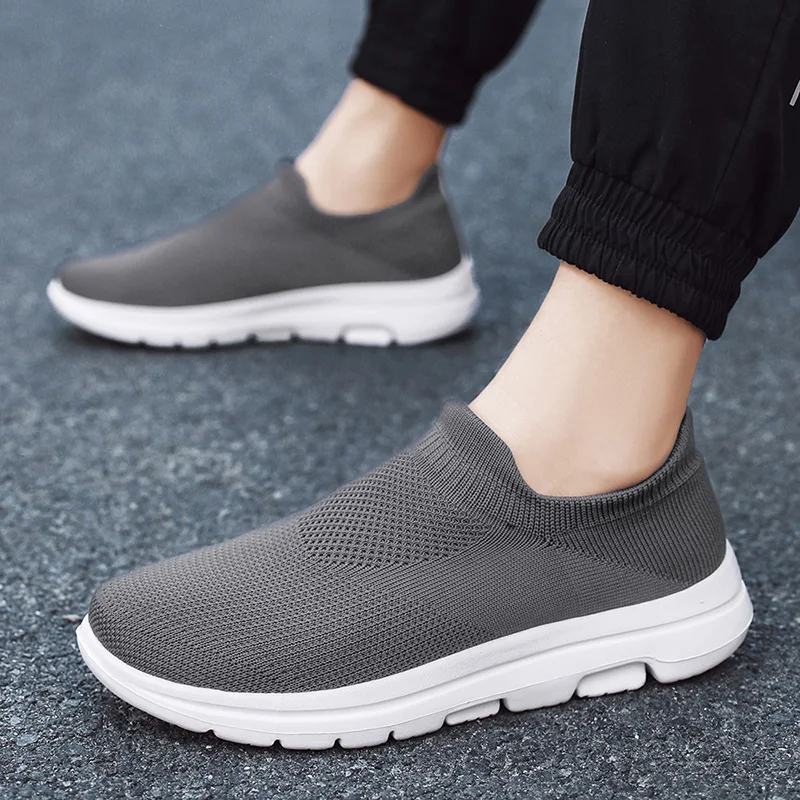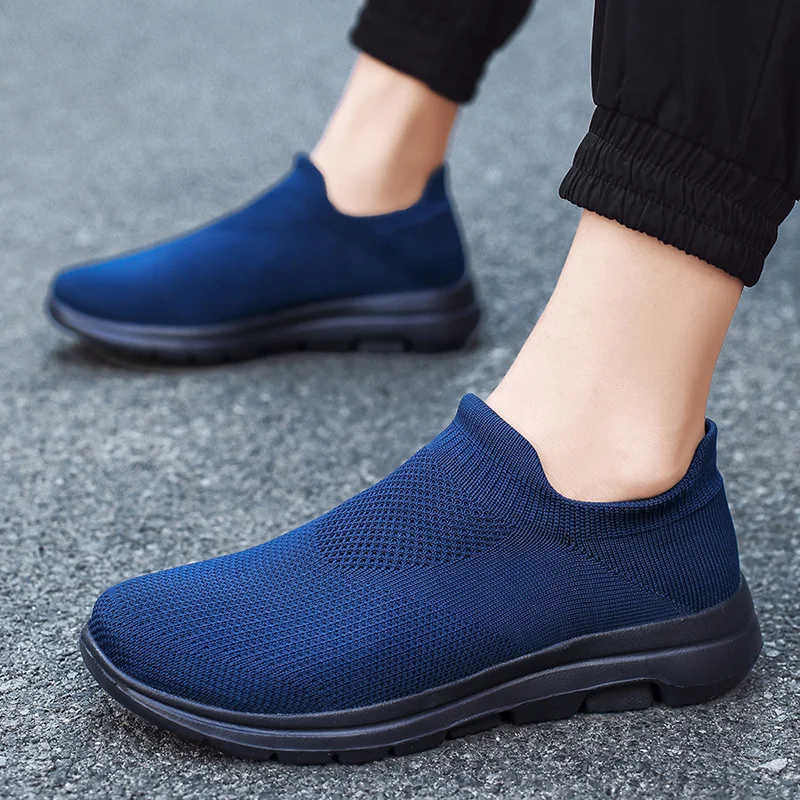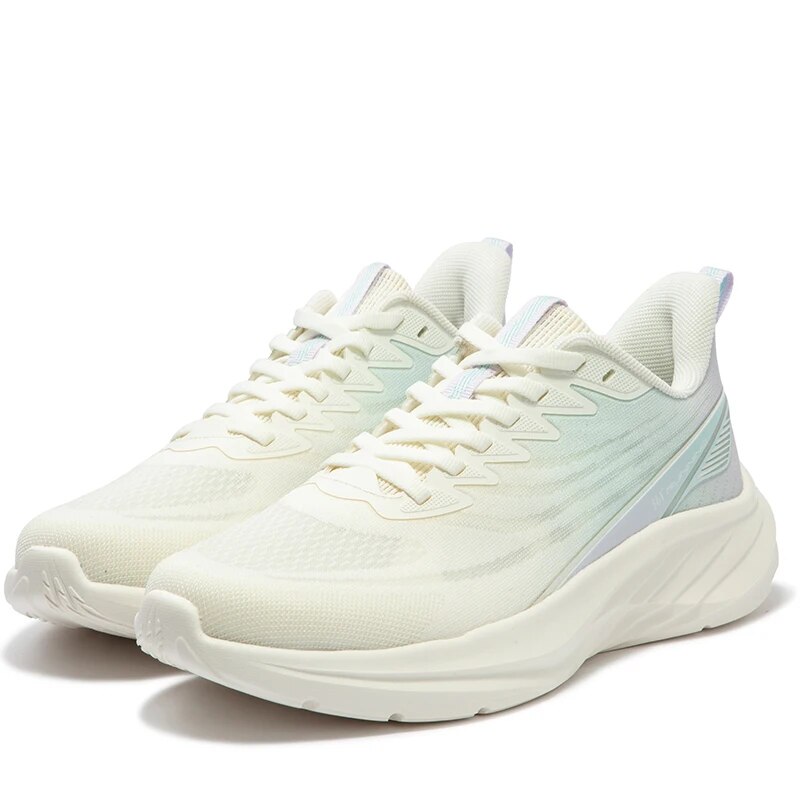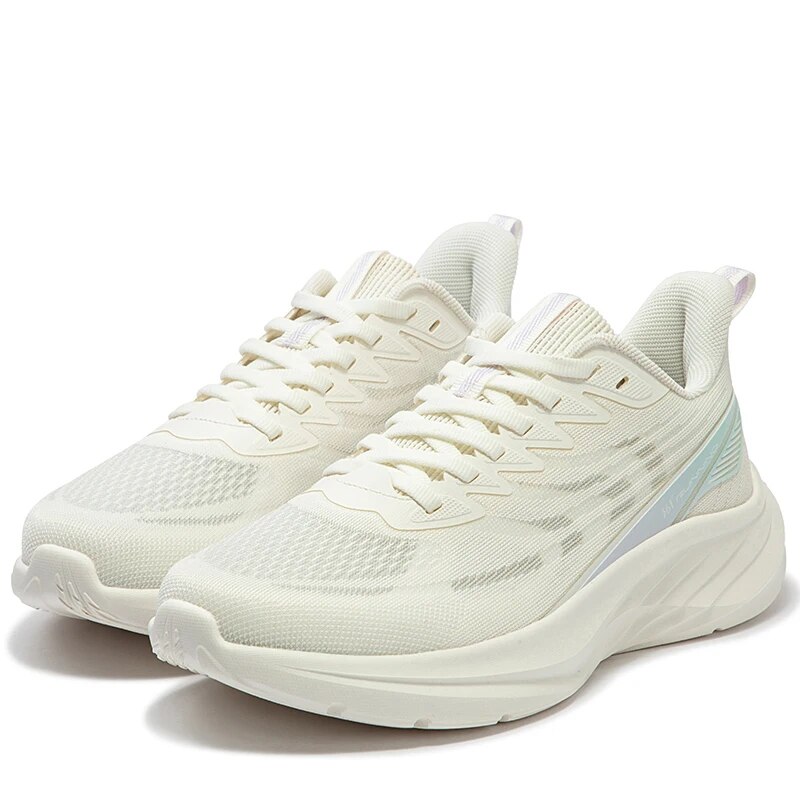Introduction
When it comes to footwear, one of the key factors to consider is the width of the shoe. Many people wonder whether mens size 12 in women’s shoes, or if there are significant differences in width between the two types of shoes. In this article, we will delve into the topic of shoe width, exploring the differences between men’s and women’s shoes and shedding light on common misconceptions.

Understanding Shoe Width of mens size 12 in women’s shoes
Shoe width is an important aspect of proper fit and comfort when it comes to footwear. The width of a shoe refers to the distance between the two widest points of the shoe, typically measured at the ball of the foot. In the United States, shoe width is indicated by a letter, with “D” being the standard width for men’s shoes and “B” being the standard width for mens size 12 in women’s shoes.
Differences Between Men’s and Women’s Shoes
Historically, men’s shoes have been designed with a slightly wider width compared to women’s shoes. This difference in width is based on anatomical differences between men’s and women’s feet. Men tend to have wider feet and a higher instep compared to women, which is why mens size 12 in women’s shoes are generally wider to accommodate these differences.
Men’s Shoes: Wider and Roomier of mens size 12 in women’s shoes
In general, men’s shoes are designed to be wider and roomier compared to women’s shoes. This is to provide ample space for the broader shape of men’s feet and to ensure a comfortable fit. Men’s dress shoes, casual shoes, and athletic shoes typically come in wider width options to cater to a variety of foot shapes and sizes.
Women’s Shoes: Narrower and More Fitted of mens size 12 in women’s shoes
On the other hand, mens size 12 in women’s shoes are designed to be narrower and more fitted to accommodate the slimmer and more delicate shape of women’s feet. Women’s dress shoes, heels, and flats often come in standard widths, with fewer options for wider widths compared to men’s shoes. This can sometimes pose a challenge for women with wider feet who struggle to find shoes that fit comfortably.
Common Misconceptions of mens size 12 in women’s shoes
Despite the differences in width between men’s and women’s shoes, it is important to note that not all men have wide feet and not all women have narrow feet. Foot width can vary greatly among individuals, regardless of gender. It is essential for both men and women to prioritize finding shoes that fit well and provide adequate support, regardless of the designated width.
Finding the Right Fit of mens size 12 in women’s shoes
When shopping for mens size 12 in women’s shoes, it is crucial to prioritize comfort and fit over style or gender-specific designs. Both men and women should pay attention to the width of the shoe and choose options that offer enough room for their feet to move comfortably. Trying shoes on and walking around in them before making a purchase can help ensure a proper fit and prevent discomfort or pain down the line.

Selecting the Right Shoe Width of mens size 12 in women’s shoes
For individuals with wider feet, finding the right shoe width is essential for comfort and overall foot health. Men with wider feet should look for shoes available in wide or extra-wide widths to ensure a proper fit. Many reputable shoe brands offer extended sizing options to accommodate various foot shapes and sizes. It’s important to prioritize brands that prioritize both style and functionality, so individuals with wider feet can find shoes that meet their needs without sacrificing aesthetics.
In recent years, there has been a growing demand for inclusive sizing and width options in footwear across all genders. This has led to an increase in the availability of wider width shoes for both men and women, offering more choices for individuals with broader feet. As the awareness of diverse body types and foot shapes continues to grow, more shoe manufacturers are recognizing the importance of providing a range of width options to cater to a broader customer base.

Addressing Common Concerns of mens size 12 in women’s shoes
Some individuals may feel self-conscious about having wider feet and struggle to find fashionable footwear that fits comfortably. It’s important to dispel the notion that wider feet are less desirable or attractive. Embracing one’s unique body shape, including foot width, is essential for promoting self-confidence and body positivity. By seeking out brands and retailers that offer stylish shoes in wider widths, individuals with broader feet can feel empowered to express their personal style without compromising on comfort.
Moreover, it’s crucial for individuals to prioritize foot health and comfort over societal beauty standards. Wearing shoes that are too narrow or ill-fitting can lead to a range of foot problems, including bunions, corns, and ingrown toenails. By choosing shoes that accommodate the natural width of their feet, individuals can prevent discomfort and maintain overall foot health.

The Importance of Proper Sizing
Finally, when it comes to shoe width, it’s essential for both men and women to prioritize accurate sizing and fit. This includes taking measurements of the length and width of the foot to ensure a proper match with the corresponding shoe size. Consulting with knowledgeable shoe store staff or using online sizing guides can provide valuable assistance in determining the correct shoe width and size.
Furthermore, the rise of direct-to-consumer shoe brands and online retailers has provided greater access to a wider variety of shoe widths, allowing consumers to explore different styles and find options that suit their specific foot shape and size. This shift towards inclusivity in footwear sizing reflects a growing awareness of the importance of accommodating diverse body types and promoting a more inclusive and accessible shopping experience for all individuals.
As the demand for wider width options continues to grow, it is likely that we will see further advancements in shoe design and manufacturing processes, leading to even more inclusive and diverse offerings in the footwear industry. By encouraging open dialogue and feedback from consumers with wider feet, shoe brands can gain valuable insights into the specific needs and preferences of this demographic, driving the development of new and improved width options that prioritize both comfort and style.
Conclusion
In conclusion, while mens size 12 in women’s shoes are generally wider than women’s shoes, the most important factor when selecting footwear is finding a shoe that fits well and provides comfort and support. Understanding the differences in width between men’s and women’s shoes can help individuals make informed decisions when shopping for new footwear. By prioritizing fit and comfort, both men and women can enjoy wearing shoes that not only look good but also feel great on their feet.